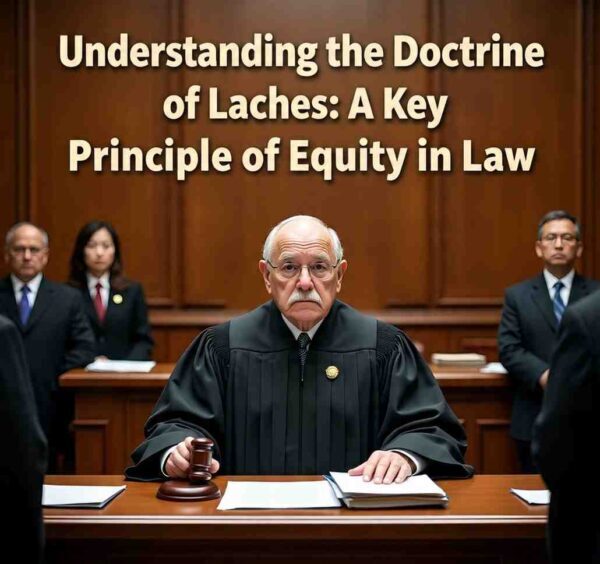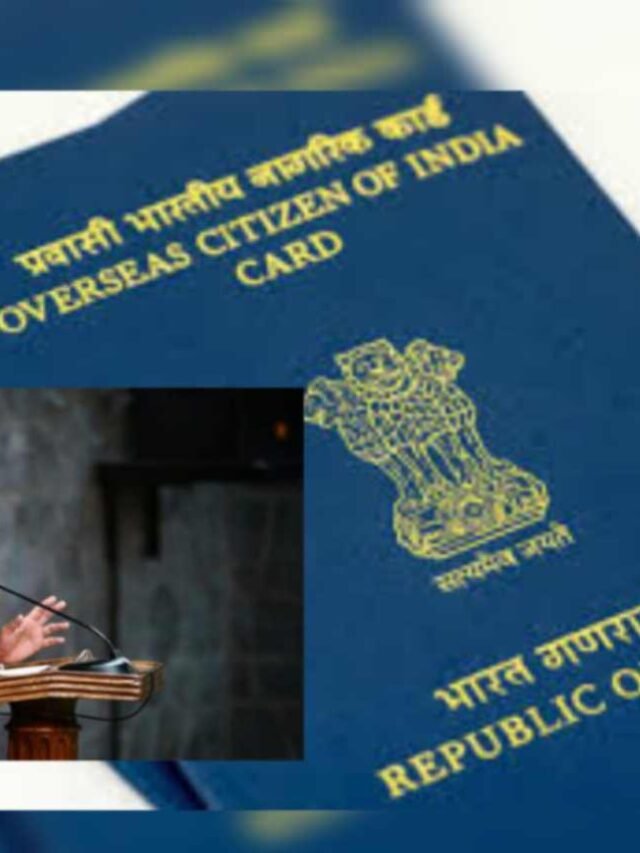Explore the Doctrine of Laches, its meaning, elements, purpose, and how it differs from the Statute of Limitations. Learn how courts use it to deny relief to those who delay in asserting legal rights.
Introduction
The Doctrine of Laches is a legal concept rooted in equity that supports individuals who act promptly in defending their rights. It discourages those who delay unreasonably in seeking justice. This doctrine reflects the age-old principle that “equity aids the vigilant, not those who slumber on their rights.” Essentially, it ensures that justice is sought within a reasonable time frame and that the delay does not unfairly harm the opposing party.
What is the Doctrine of Laches?
The Doctrine of Laches is an equitable defense used by courts to deny claims brought after an unnecessary and unjustified delay. It is not strictly bound by statutory timelines but focuses instead on the behavior and awareness of the party initiating the legal action.
If a person knows they have a legal claim but chooses not to act within a reasonable time, and that delay causes disadvantage to the opposing party, the doctrine may apply to bar the claim. In such cases, the responsibility of proving laches lies with the defendant. They must show that the plaintiff’s delay has been unreasonable and that it has negatively impacted their ability to defend themselves, such as through lost evidence or the unavailability of witnesses.
Key Elements of the Doctrine of Laches
To successfully invoke the doctrine, several factors must be present:
- Unreasonable Delay: The time taken to initiate legal proceedings must be excessive and unjustified under the circumstances.
- Negligence in Pursuing a Claim: The claimant must have been aware of their legal rights but failed to act in a timely manner.
- Knowledge of the Right: It must be shown that the petitioner had prior knowledge of the cause of action but chose not to assert it.
The presence of these elements enables the court to consider the doctrine and potentially dismiss the delayed claim on equitable grounds.
Purpose of the Doctrine of Laches
The core objective of the Doctrine of Laches is to prevent injustice that may arise from an inexcusable delay in seeking legal remedy. It promotes fairness by protecting the defendant against stale claims where evidence may have deteriorated, or witnesses may no longer be available.
Even though the Indian Constitution under Article 32 allows individuals to approach the Supreme Court for the enforcement of fundamental rights, the court still holds discretion. If the delay is deemed unreasonable and unexplained, the court may choose not to grant relief, even in such constitutional matters.
Additionally, this doctrine ensures accountability, discouraging individuals from sitting idly on their rights and only seeking action when it suits them strategically.
Doctrine of Laches vs. Statute of Limitations
While both the Doctrine of Laches and the Statute of Limitations deal with time restrictions in legal claims, they are fundamentally different in nature and application. Below is a comparative analysis:
| Aspect | Doctrine of Laches | Statute of Limitations (Limitation Act, 1963) |
|---|---|---|
| Nature | Equitable in nature | Based on codified law |
| Application | Applied at the judge’s discretion | Mandatory enforcement of legal time limits |
| Basis | Fact-based; dependent on the circumstances of the case | Rule-based; fixed periods defined by legislation |
| Flexibility | More flexible and subjective | Rigid and uniformly applied |
| Defense Type | Used as an equitable or moral defense | Used as a statutory defense |
In essence, while the Limitation Act strictly bars claims after a set legal period, the Doctrine of Laches assesses the situation on a case-by-case basis to determine whether the delay was fair or detrimental to the opposing party.
Final Thoughts
The Doctrine of Laches plays a crucial role in ensuring justice is timely and equitable. It reinforces the importance of prompt action in legal matters and discourages the misuse of the judicial system through strategic or negligent delays. By distinguishing itself from statutory time bars, this doctrine upholds fairness and prevents undue hardship on defendants due to the fading of evidence or disappearance of witnesses.
In an era where legal awareness is growing, understanding doctrines like laches is essential for both legal practitioners and citizens alike. It serves as a reminder that while the law offers remedies, it also demands responsibility and vigilance in asserting one’s rights.
Frequently asked questions:
What does the Doctrine of Laches mean in simple terms?
The Doctrine of Laches is a legal rule that says if you wait too long to take legal action—even when you knew you had a right to—your claim might be rejected because of the delay.
How is the Doctrine of Laches different from the Limitation Act?
While the Limitation Act sets fixed deadlines for filing cases based on legal provisions, the Doctrine of Laches depends on whether the delay was unfair or unreasonable, as determined by the judge. One is law-based, and the other is based on fairness and facts.
Why is the Doctrine of Laches important?
It protects defendants from being unfairly dragged into legal disputes after evidence may have disappeared or become unreliable due to time. It promotes fairness and discourages unnecessary legal delays.

























